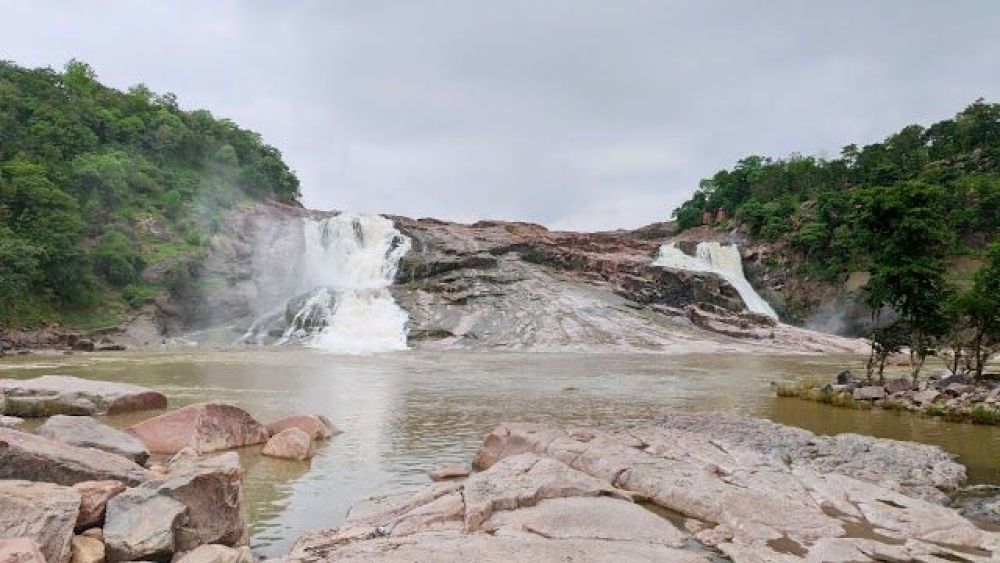

Located in the northern region of the Indian state of Telangana, Adilabad is named after the erstwhile ruler of Bijapur, Mohammed Adil Shah. It is enriched with a diverse cultural heritage and is known for its breathtaking natural beauty, which has attracted travelers for many years.
The history of tourism in Adilabad is relatively recent compared to other historical destinations in India. It was once primarily an agrarian district, with a large tribal population. Traditionally, the economy of the region revolved around agriculture and forest produce. However, the presence of spectacular waterfalls, dense forests, and wildlife sanctuaries began drawing the attention of nature enthusiasts and tourists seeking peace and tranquility away from the bustling cities.
With the establishment of the state of Telangana in 2014, Adilabad received an impetus in its tourism sector. The newly formed state government began promoting its rich tribal culture and pristine natural destinations as tourist attractions.
The primary attractions in Adilabad include the Kuntala Waterfall—the highest waterfall in the state of Telangana, the Pochera Waterfalls, the *Basar Saraswathi Temple*, a significant Hindu pilgrimage site, and the *Kawal Wildlife Sanctuary*. These landmarks have continually drawn tourists from across the country and have formed the backbone of the district's developing tourism industry.
To accommodate the growing number of visitors, the government and private investors have worked towards enhancing the tourism infrastructure in the region. The development of better roads, increase in accommodation facilities, and the establishment of tourist information centers has facilitated an easier and more enjoyable experience for visitors.
Adventure tourism and eco-tourism have seen a rise in recent years, with activities like trekking, camping, and wildlife safaris gaining popularity among tourists visiting Adilabad. The district has also started hosting cultural festivals and events to showcase its ethnic heritage, including the *Kakatiya Festival* and tribal dances, all of which serve to attract cultural enthusiasts.
In addition to its natural and cultural attractions, Adilabad is known for its handicrafts, particularly the ‘Dokra’ metal craft, which has been appreciated by tourists looking for authentic souvenirs.
Recognizing the importance of sustainability in tourism, efforts are being made to promote eco-friendly practices. Conservation of natural resources and minimizing the ecological footprint of tourism are current priorities for the policymakers in Adilabad.
In conclusion, the history of tourism in Adilabad might not be extensive, but the region's commitment to growing and evolving as a key tourist destination in Telangana is apparent. With continuous development and a focus on sustainable tourism, Adilabad is increasingly becoming a gem in the tourism landscape of Southern India.